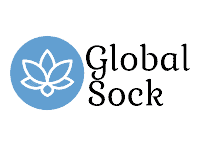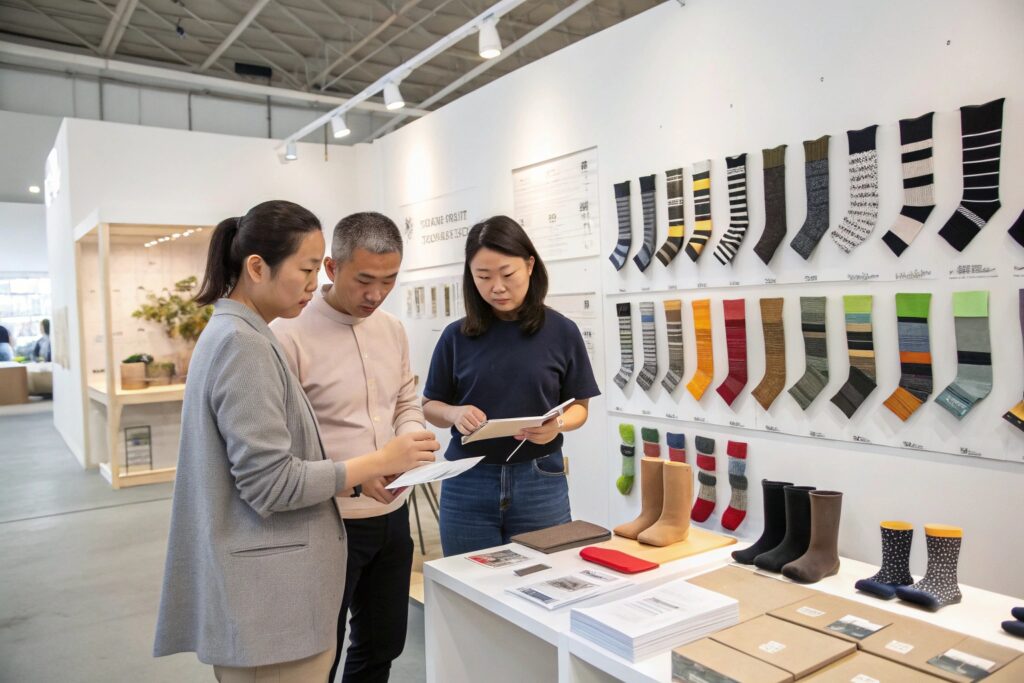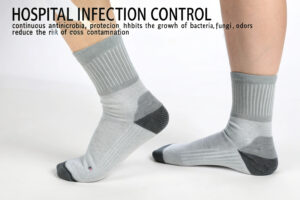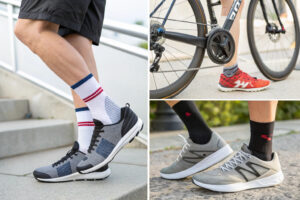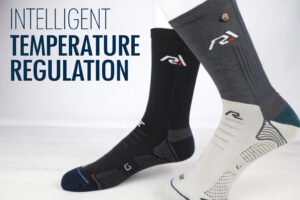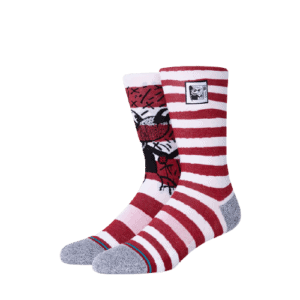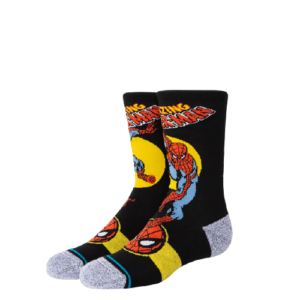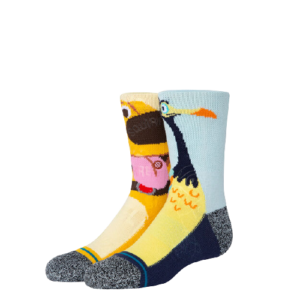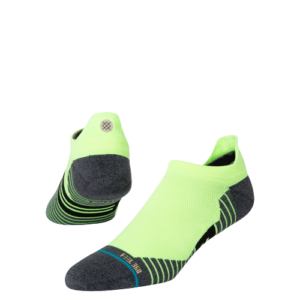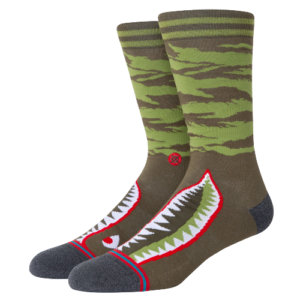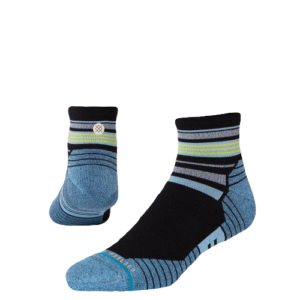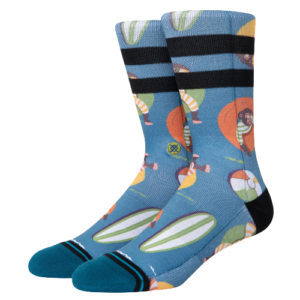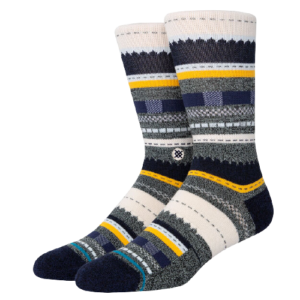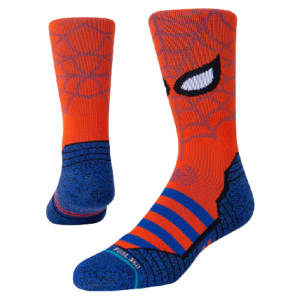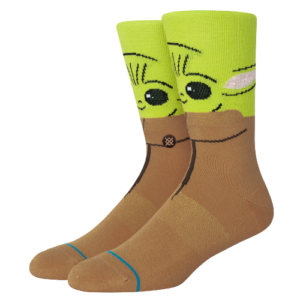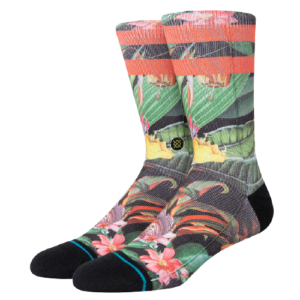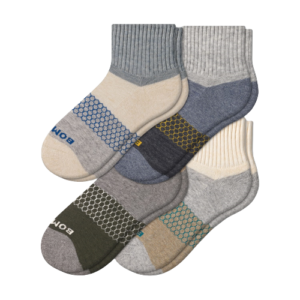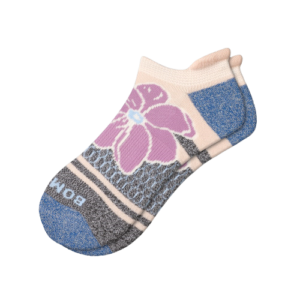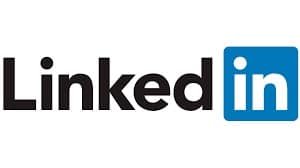Sustainability isn’t just a buzzword—it’s a buyer mandate. In 2025, brands, importers, and retailers are under pressure to reduce carbon footprints, increase traceability, and prove they care about people and the planet. But how does this translate to the world of socks?
The top trends in sustainable sock manufacturing for 2025 include recycled yarn innovation, low-impact dyeing, traceable supply chains, circular design, and scalable eco-certification compliance.
As a manufacturer at the heart of China’s textile industry, I’ve seen the shift firsthand. We’ve invested in new technologies, raw materials, and green energy to help global partners meet their goals without sacrificing price or performance.
What sustainable materials are dominating the sock market?
The raw material is the foundation of a sustainable sock. In 2025, more brands are turning to next-generation fibers that combine performance with environmental responsibility.
Top sustainable sock materials this year include GRS-certified recycled polyester, bamboo silk (BAMSILK™), organic cotton, and TENCEL™ blends.
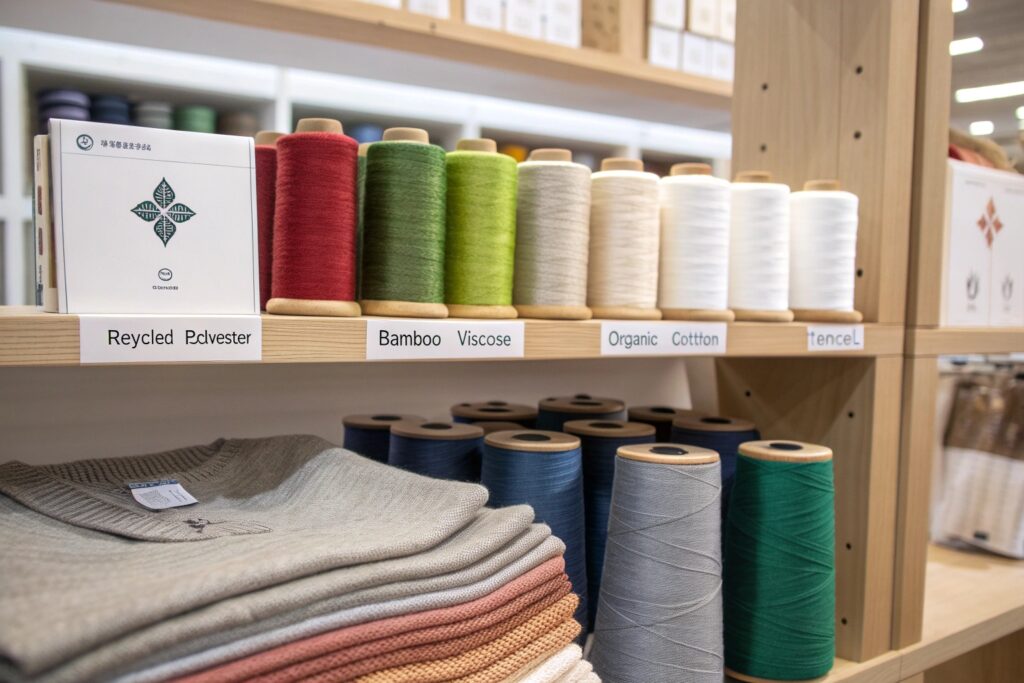
Why is recycled polyester gaining popularity?
Recycled polyester (rPET) offers moisture-wicking and durability while cutting down plastic waste. One ton of rPET yarn saves around 6,000 bottles from landfills. Textile Exchange confirms it has 45% lower carbon emissions than virgin polyester.
We supply athletic sock brands in the U.S. that shifted from virgin nylon to rPET without affecting performance. With GRS certification and post-consumer waste origin verification, it now accounts for 40% of our sports sock exports.
What other eco-fibers are trending?
Bamboo viscose and BAMSILK™ provide softness and natural antibacterial properties, ideal for everyday and wellness socks. Organic cotton is still preferred for babywear, while TENCEL™ has entered premium dress sock lines for its breathability and silky feel.
We blend these for different end uses: bamboo-cotton for lounge socks, TENCEL™-recycled poly for dress socks, and BAMSILK™-spandex for anti-odor gym socks.
How are manufacturers reducing environmental impact?
It’s not enough to use green fibers—how you make the socks matters too. Sustainable production focuses on reducing water use, cutting energy waste, and eliminating toxic chemicals.
Manufacturers are investing in solar-powered operations, water-saving dyeing, zero-discharge effluent systems, and AI-enabled waste reduction.
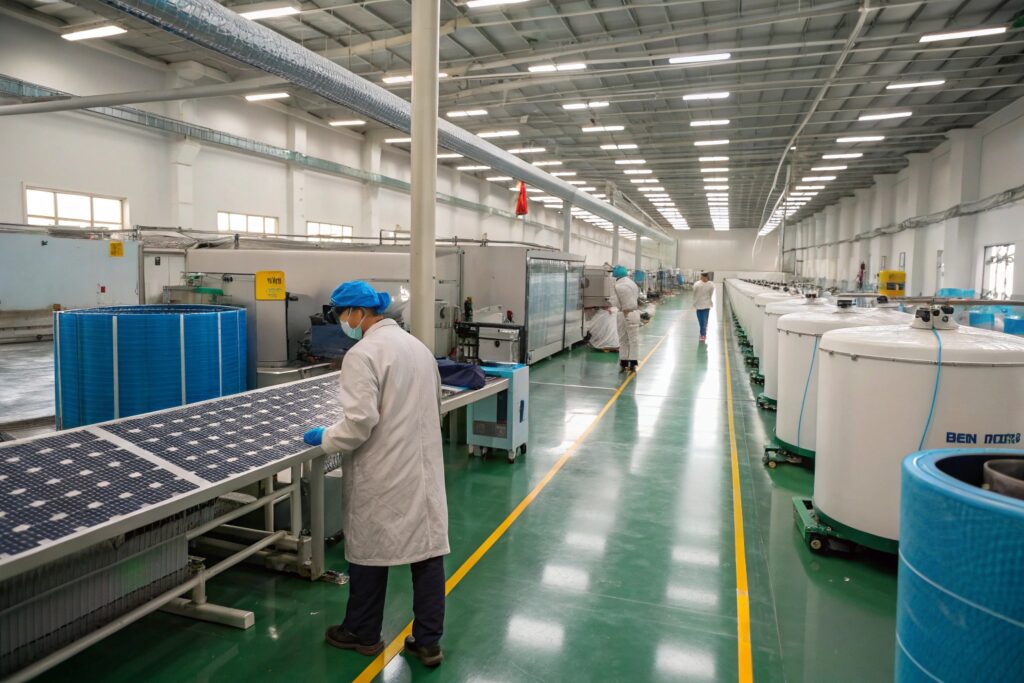
What are low-impact dyeing methods?
Traditional dyeing uses large water volumes and harmful chemicals. In 2025, we use dope-dyeing for solid-colored yarns—infusing color during yarn extrusion—cutting water use by 95%.
We’ve also added local water recycling and filtration systems in our Keqiao facility to support OEKO-TEX® and ZDHC goals. This enabled one of our EU clients to label socks with “waterless dyeing verified.”
How does technology reduce production waste?
We apply AI to knitting programming, optimizing yarn consumption per sock style. This reduces leftover yarn by 18% per batch. Factory automation also minimizes human error, and QR-coded fabric rolls prevent over-ordering.
These changes helped us cut factory waste by 27% year-over-year and reduced delivery lead time from 30 to 21 days—satisfying both green and commercial goals.
How are traceability and certification evolving in 2025?
Buyers don’t just want sustainability—they want proof. Certifications, audits, and traceability platforms have become critical tools for sustainable sock sourcing.
In 2025, traceability platforms, blockchain labeling, and QR-coded batch data are being used alongside eco-certifications like GRS, OEKO-TEX®, and BSCI.
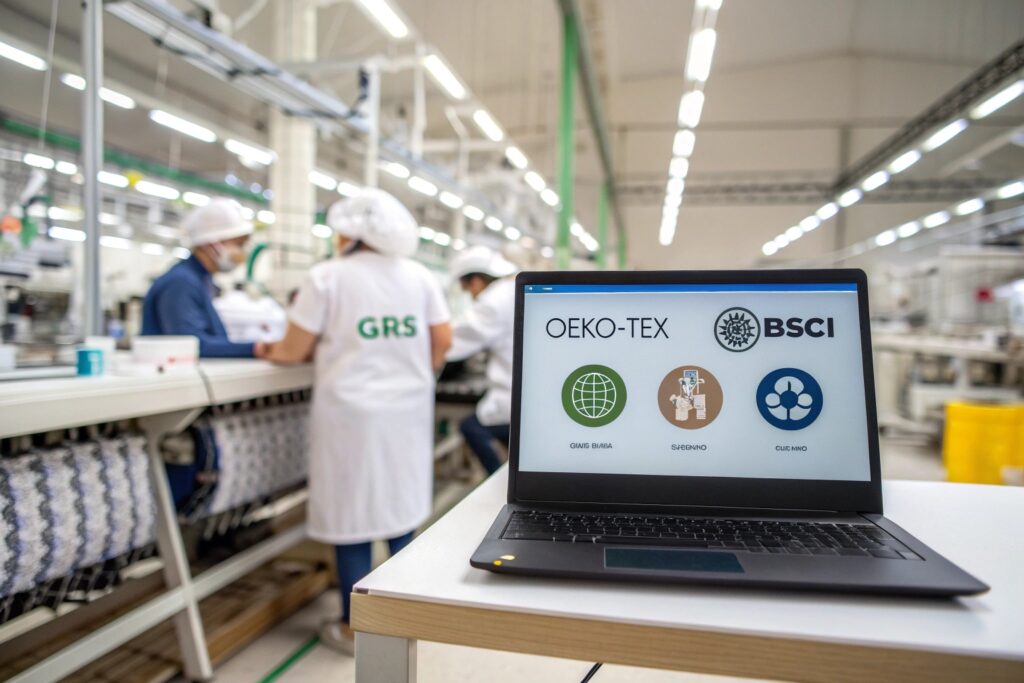
Why is digital traceability important?
Major retailers now demand end-to-end tracking—from fiber source to shipment. We adopted a blockchain-based system in 2024 that links every batch to:
- Yarn origin
- Factory processing
- Compliance test reports
- Export documentation
Buyers simply scan a QR code on the carton or label to access this information. This satisfies ESG disclosure needs in markets like the U.S. and EU.
What certifications should buyers request?
The gold standards include:
- GRS for recycled fiber chain-of-custody
- OEKO-TEX® for chemical safety
- BSCI/SEDEX/WRAP for labor conditions
We’ve completed 3rd-party audits for all, and some clients require an updated test report every 3 months.
Platforms like TrusTrace or Higg Index help buyers monitor their supply chain partners and carbon scores in real time.
What design and packaging innovations support circularity?
Circular design means building socks that are not only low-impact to make—but easy to reuse, recycle, or compost after use.
In 2025, top brands are embracing recyclable materials, mono-fiber construction, biodegradable packaging, and take-back programs to close the loop.
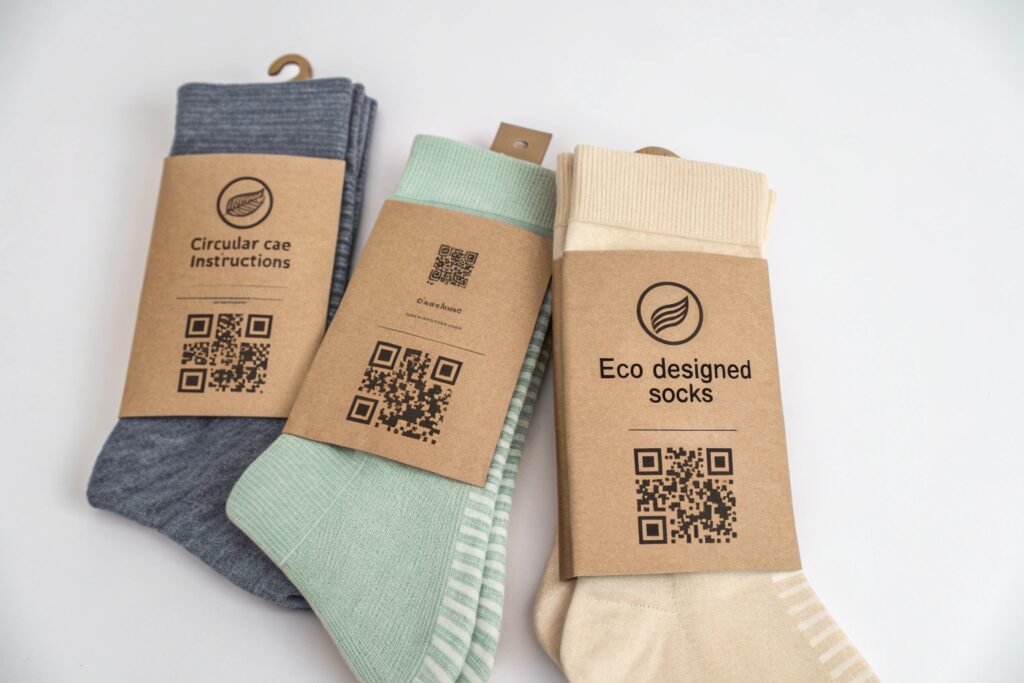
How are socks designed for recyclability?
Blended socks are hard to recycle. So we now offer mono-material socks—like 100% polyester or 100% organic cotton lines—that simplify mechanical or chemical recycling.
Some European buyers request flat-knit socks with detachable labels, making reuse or recycling easier. We also produce black-only styles for brands participating in fiber reclaiming initiatives in the Netherlands.
What’s new in sustainable packaging?
Plastic-free packaging is the norm. We use recycled kraft paper wraps, soy-based ink, and compostable PLA bags. Our EU buyers also prefer printed QR codes that show fiber content and post-use care steps.
We also support bulk shipment packaging using corrugated paper and ship in recycled cartons. This helped our Scandinavian customer cut packaging waste by 48% while gaining points on their Carbon Disclosure Project (CDP) reports.
Conclusion
Sustainable sock manufacturing in 2025 is more than a trend—it’s a competitive advantage. From eco-friendly fibers to low-impact dyeing, smart traceability tools, and recyclable packaging, the shift is deep and wide. As a Chinese sock manufacturer, we’re not just following this change—we’re leading it with innovation and accountability. Whether you’re a large retailer or a startup brand, partnering with a green supplier means staying ahead in both compliance and consumer trust.
